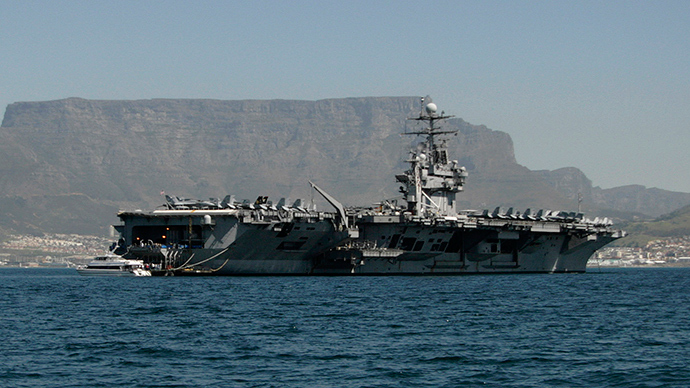Perhaps I overstated my argument. I'm not asserting that the Red Banner Fleet would or even could spank the USN. I'm concluding that the USN wouldn't experience the cake walk some blindered superfans think it would.
It's true that the Soviet submarine fleet has experienced some catastrophic accidents but the USN has not been immune to embarrassing mishaps either. There have been several incidents where US subs have collided with each other or with surface combatants, and a couple of alleged incidents where US and Soviet/Russian subs have collided with one another. I went on a San Diego harbor tour last summer and saw a USN amphib being repaired after a USN destroyer collided with it (ending both captains' careers, according to the tour guide).
Also, about 7 years ago, an US ELINT/map exercise set in the Mediterranean resulted in a CVN and a couple of its escorts being 'sunk' by Libyan gun and missile boats.
And don't forget when the Tico-class missile cruiser mistook an Iranian airliner for an F-4 Phantom and shot it down.
Bottom line is, the USN is not invulnerable and error-proof. A particularly well-led Soviet naval force could wreak havoc on a poorly-led American/NATO one. The law of averages would result in at least a couple of significant Soviet naval victories in a WWIII scenario. To think otherwise would fall into the trap of hubris and we all know where that leads. That's my argument.
It's true that the Soviet submarine fleet has experienced some catastrophic accidents but the USN has not been immune to embarrassing mishaps either. There have been several incidents where US subs have collided with each other or with surface combatants, and a couple of alleged incidents where US and Soviet/Russian subs have collided with one another. I went on a San Diego harbor tour last summer and saw a USN amphib being repaired after a USN destroyer collided with it (ending both captains' careers, according to the tour guide).
Also, about 7 years ago, an US ELINT/map exercise set in the Mediterranean resulted in a CVN and a couple of its escorts being 'sunk' by Libyan gun and missile boats.
And don't forget when the Tico-class missile cruiser mistook an Iranian airliner for an F-4 Phantom and shot it down.
Bottom line is, the USN is not invulnerable and error-proof. A particularly well-led Soviet naval force could wreak havoc on a poorly-led American/NATO one. The law of averages would result in at least a couple of significant Soviet naval victories in a WWIII scenario. To think otherwise would fall into the trap of hubris and we all know where that leads. That's my argument.





Comment